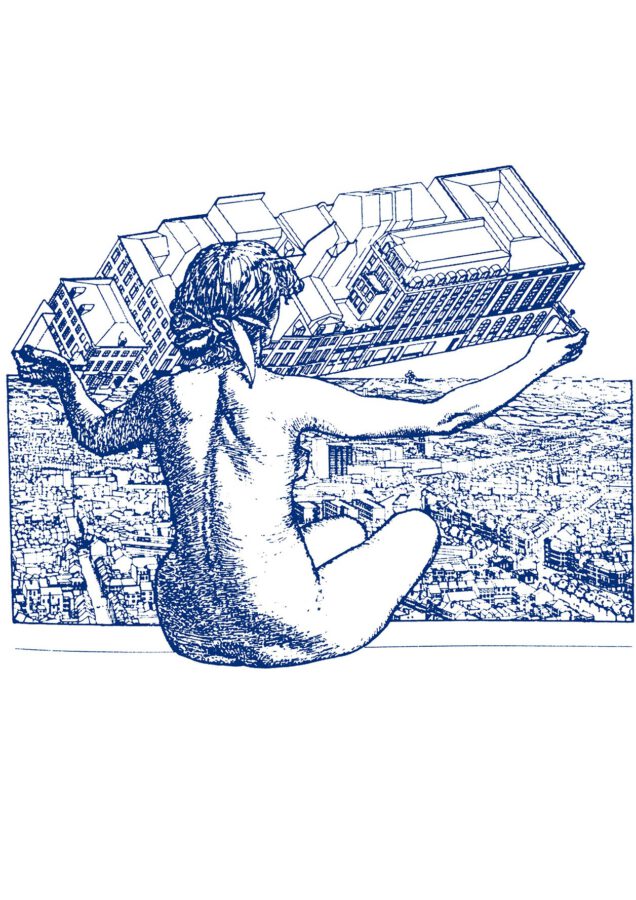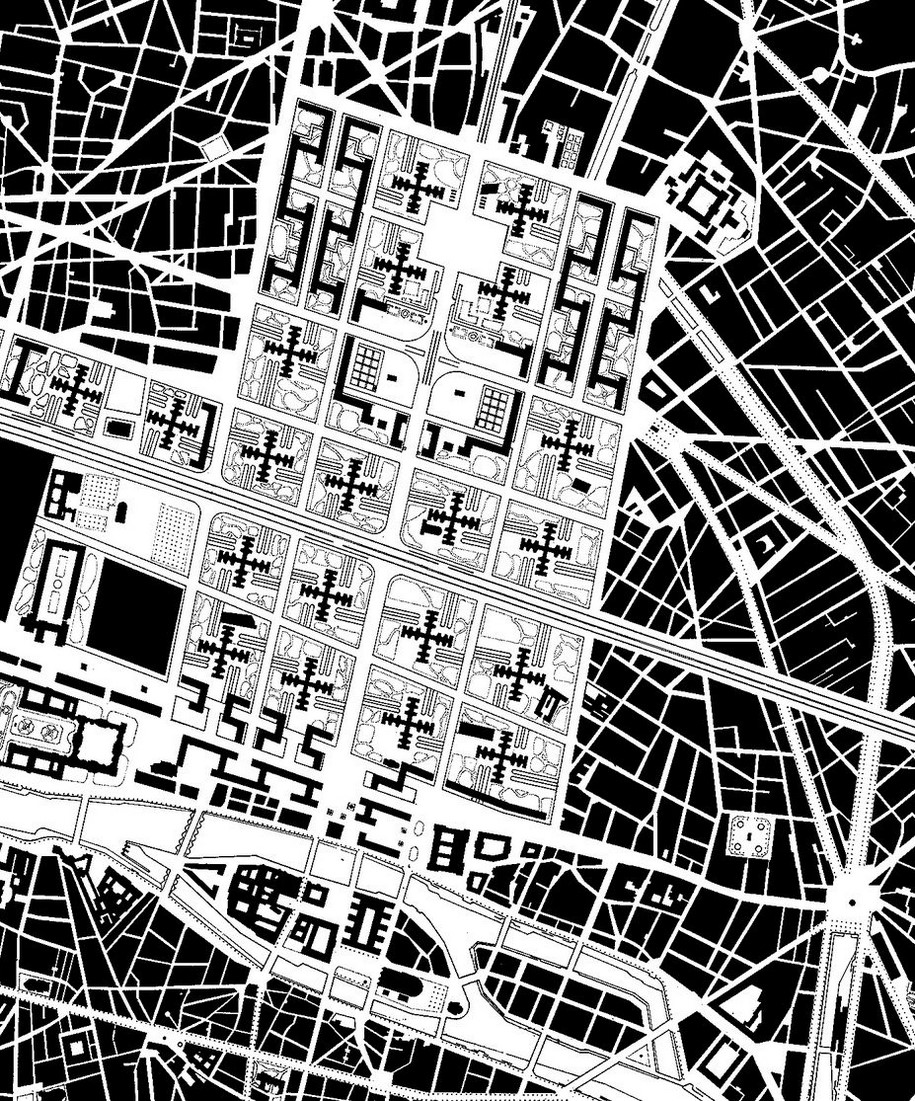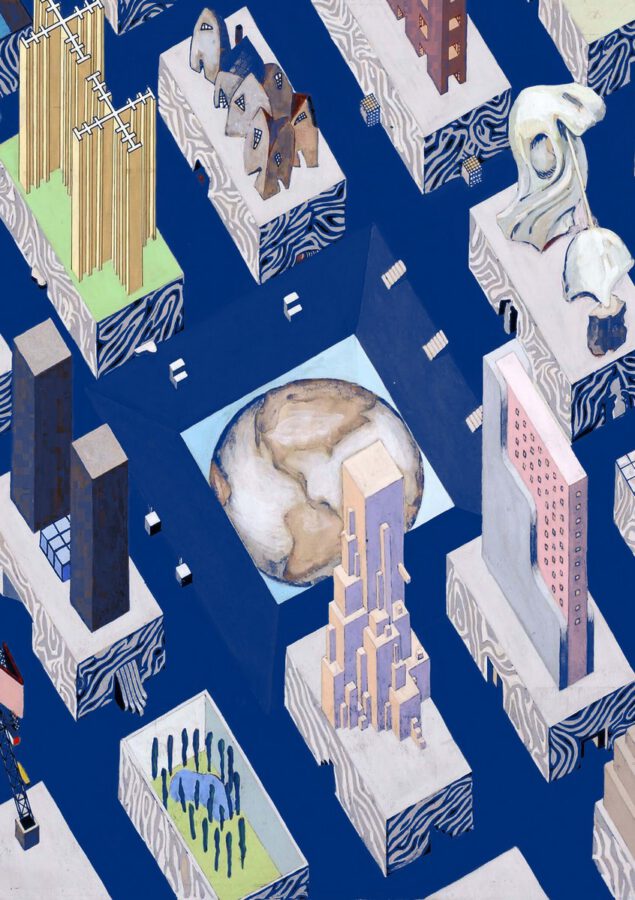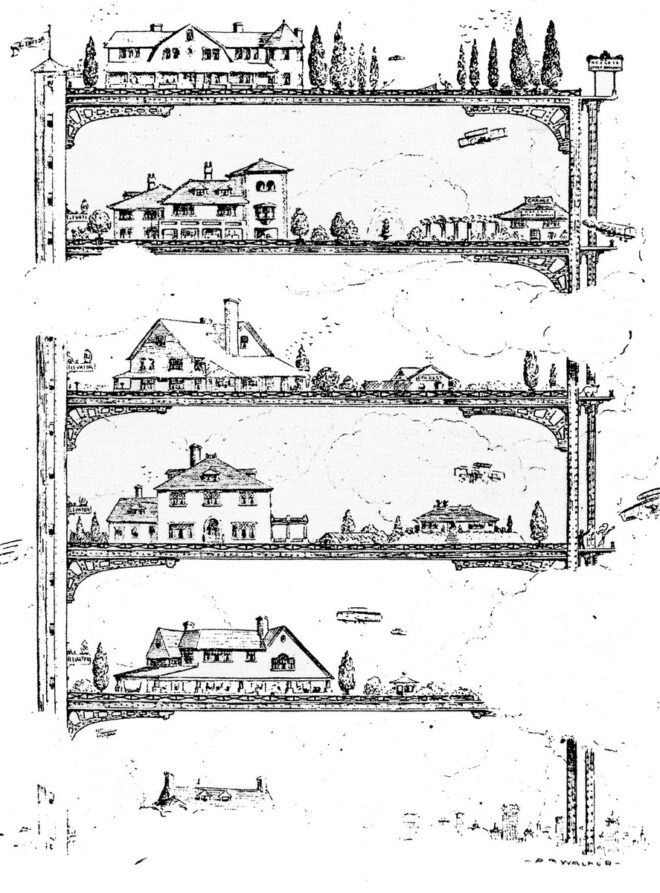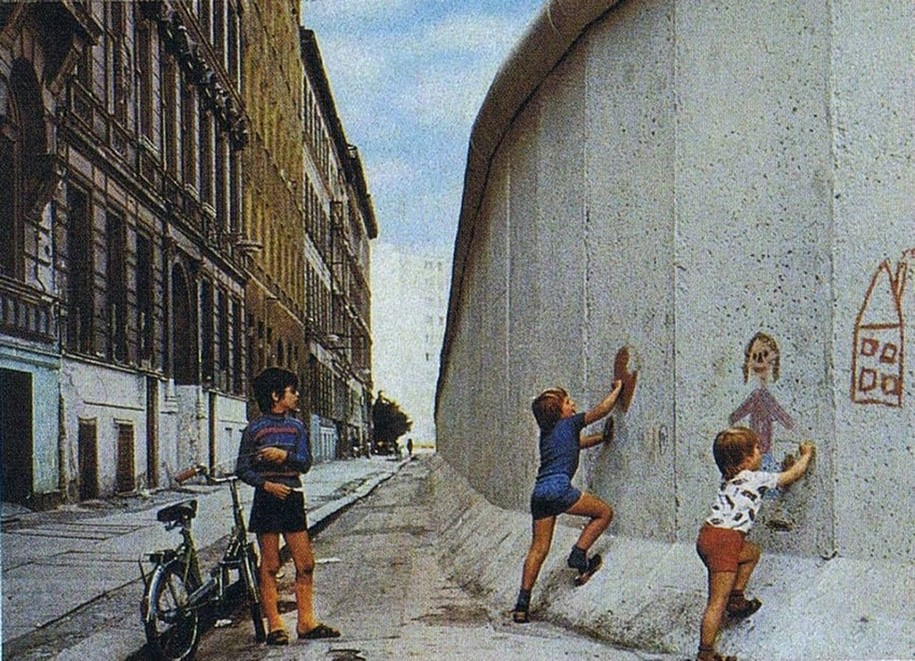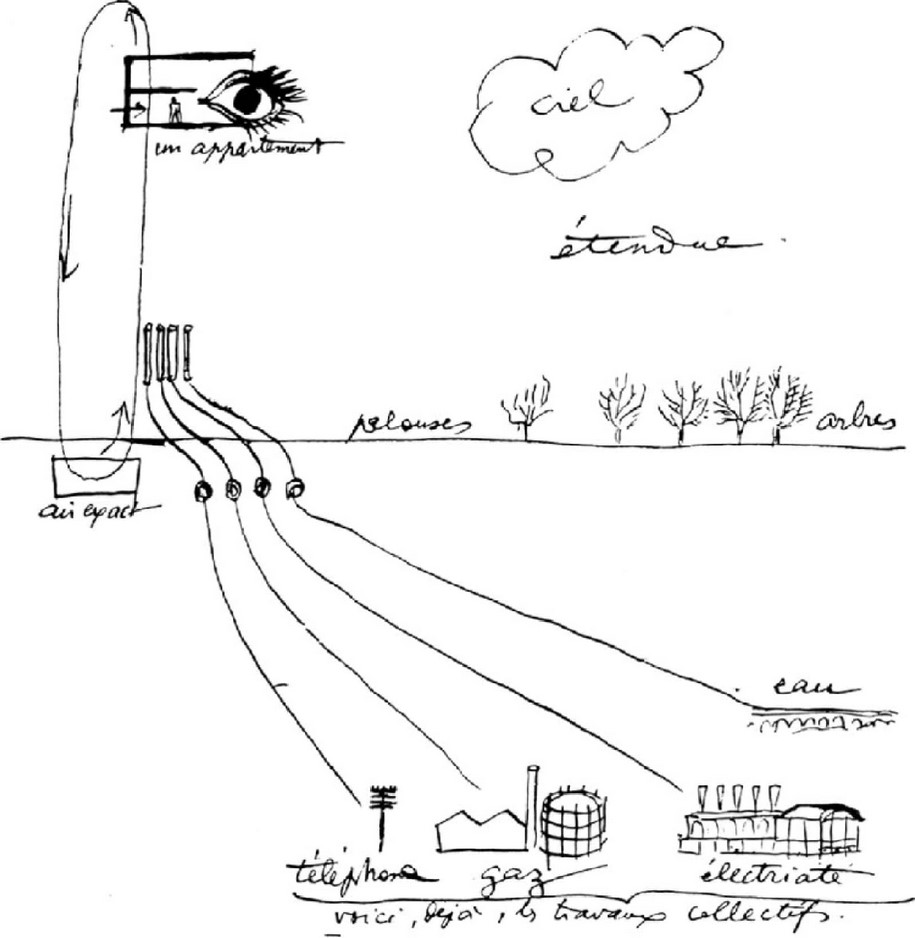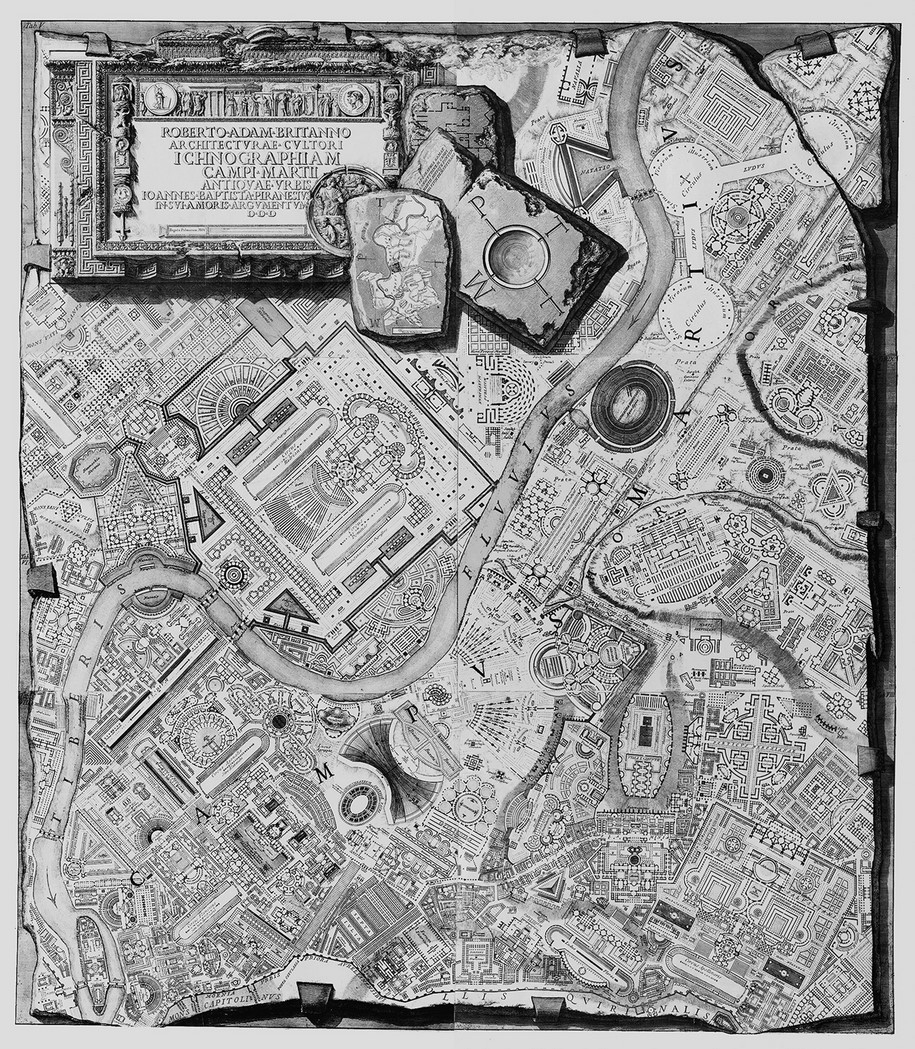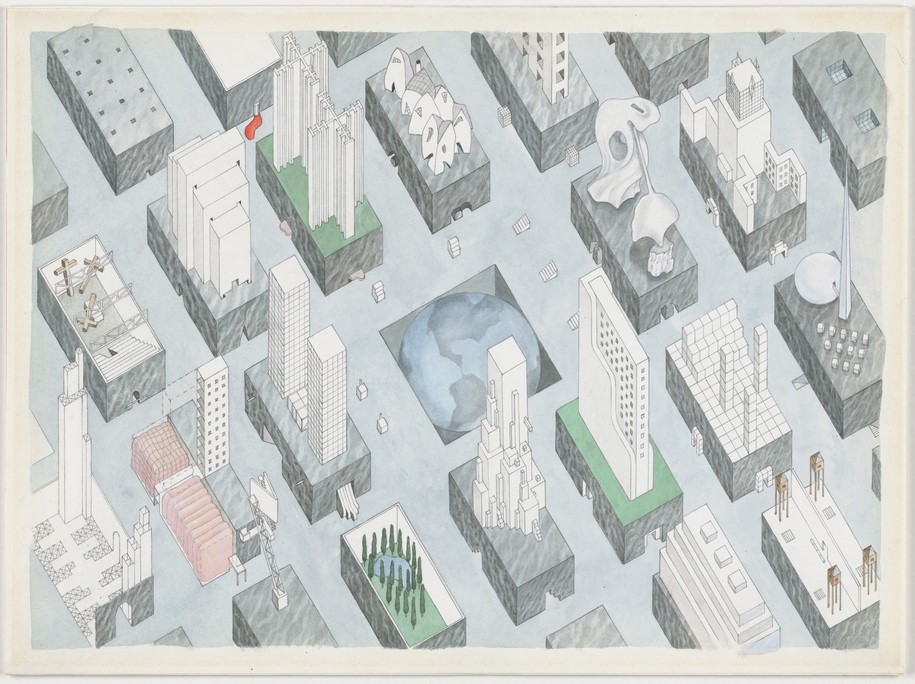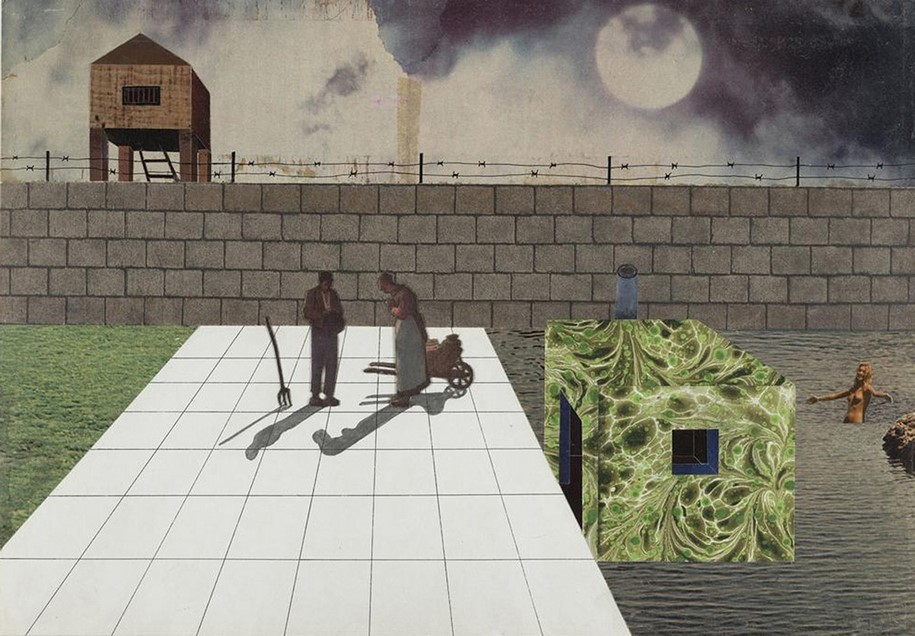The research thesis by Angelos Chouliaras with title Architecture versus City explores the limits of architecture and the role of the architect in the metropolis.
The research thesis was presented on February 2020 at the School of Architecture, NTUA and was supervised by Tilemachos Andrianopoulos.
-text by the author
“Architecture versus City” is an absurd scenario exploring the limits of architecture and the role of the architect in the metropolis. Three utopian projects were chosen as a means of devising the research and developing the reflection, which strongly negotiates the relationship between architecture and the city; Piranesi’s Il Campo Marzio dell ‘antica Roma (1762), Le Corbusier’s’ Plan Voisin’ (1925) and Rem Koolhaas’s “City of the Captive Globe”. The concept of the “collision” of architecture with the city is the common feature among the designs. In the case of Campo Marzio, the destruction of Rome is a prerequisite for the new city, which, however, is designed through the restoration of its ancient form.
Plan Voisin also wants the demolition of downtown Paris and the elevation of the tabula rasa, the Cartesian tower and the modern life, while in the “City of the Captive Globe” the idea of Bigness is the competitor of the contemporary city and, potentially, Manhattan towers are the ones that can replace it – as cities within the city.
Why do the two notions, Architecture and City, are up against its other? Would there be a winner in this absurd scenario?
Can the architect really conquer the city, determine the urban condition and the way of life?
Can Architecture replace the City?
Architecture, in this research, hypothesized, portrayed and reinvented the City through three different scenarios: a complete morphological resurrection of the past, a domination of the god-ex machina modern order in the center of Paris, and a Big(ness) Architecture as a city within the city. The scenarios that took place always wanted Architecture as the winner of this irrational game.
But is there any final result?
The City is a social phenomenon, a complex human ecology, not just a morphological game, machine or building. It does not allow it to be designed as a whole, nor to be completely theorized because it is constantly changing, evolving.
Architecture must unite, create opportunities, events. Not to separate. It must work for the city. It cannot do everything in its limits, it does not replace the city.
However, the City is the arena of the architectural discourse. The architectural discourse is developed through the City. To think of the City is to think of Architecture, as their boundaries are involved and confused, they become One.
Facts & Credits
Project title: Architecture versus City
Student: Angelos Chouliaras
Supervisor: Tilemachos Andrianopoulos
Date: February 2020
Course: Research thesis
Institution: School of Architecture, National Technical University of Athens (NTUA)
Η ερευνητική εργασία με τίτλο ‘Η Αρχιτεκτονική εναντίον της Πόλης’ διερευνά, μέσω της σύγκρισης τριών ουτοπικών σχεδίων, τα όρια της αρχιτεκτονικής και το ρόλο του αρχιτέκτονα στη μητρόπολη.
Η εργασία παρουσιάστηκε τον Φεβρουάριο του 2020 από τον Άγγελο Χουλιάρα στην Αρχιτεκτονική Σχολή του Εθνικού Μετσόβιου Πολυτεχνείου με επιβλέποντα καθηγητή τον Τηλέμαχο Ανδριανόπουλο.
-κείμενο από τον συγγραφέα
«Η Αρχιτεκτονική εναντίον της Πόλης» είναι ένα παράλογο σενάριο το οποίο ερευνά τα όρια της αρχιτεκτονικής και το ρόλο του αρχιτέκτονα στη μητρόπολη. Ως μέσο για την εκπόνηση της εργασίας και την ανάπτυξη του προβληματισμού επιλέχθηκαν τρία ουτοπικά σχέδια, τα οποία διαπραγματεύονται έντονα τη σχέση της αρχιτεκτονικής με την πόλη· το «Il Campo Marzio dell’ antica Roma» του Piranesi, το «Plan Voisin» του Le Corbusier και το «City of the Captive Globe» του Rem Koolhaas. Η έννοια της «σύγκρουσης» της αρχιτεκτονικής με την πόλη είναι το κοινό χαρακτηριστικό μεταξύ των σχεδίων. Στην περίπτωση του Campo Marzio η καταστροφή της Ρώμης είναι προϋπόθεση για τη νέα πόλη, η οποία, όμως, είναι σχεδιασμένη μέσω της αποκατάστασης της αρχαίας της μορφής.
Το Plan Voisin θέλει και αυτό την κατεδάφιση του κέντρου του Παρισιού και την εξύψωση της tabula rasa, του καρτεσιανού πύργου και του νέου τρόπου ζωής, ενώ στο «City of the Captive Globe» η ιδέα του Μεγάλου (Bigness) είναι αυτή που ανταγωνίζεται τη σύγχρονη πόλη και, εν δυνάμει, οι πύργοι του Μανχάταν είναι αυτοί που μπορούν να την αντικαταστήσουν -ως πόλεις μόνοι τους.
Γιατί οι δύο έννοιες, Αρχιτεκτονική και πόλη, να έρθουν αντιμέτωπες; Θα υπήρχε νικητής σε αυτό το παράλογο σενάριο;
Μπορεί ο αρχιτέκτονας να κυριεύσει την πόλη, να καθορίσει την αστική συνθήκη και τον τρόπο ζωής;
Μπορεί, πράγματι, η Αρχιτεκτονική να αντικαταστήσει την πόλη;
Η Αρχιτεκτονική, στην παρούσα εργασία, διατύπωσε υποθέσεις, αναπαρέστησε και επανεφηύρε την Πόλη μέσω τριών διαφορετικών σεναρίων: μια ολοκληρωμένη μορφολογική ανάσταση του παρελθόντος, μια κυριαρχία της από μηχανής θεού-τάξης στο κέντρο του Παρισιού και μια Μεγάλη Αρχιτεκτονική ως πόλη-καθαυτή. Τα σενάρια που διαδραματίστηκαν ήθελαν πάντοτε την ίδια νικήτρια του παράλογου αγώνα.
Υπάρχει, όμως, τελικό αποτέλεσμα;
Η Πόλη είναι κοινωνικό φαινόμενο, πολύπλοκη ανθρώπινη οικολογία, όχι μόνο μορφολογικό παιχνίδι, μηχανή ή κτίριο. Δεν επιτρέπει να σχεδιαστεί στο σύνολό της, ούτε να θεωρητικοποιηθεί πλήρως γιατί συνεχώς αλλάζει, εξελίσσεται.
Η Αρχιτεκτονική πρέπει να ενώνει, να δημιουργεί ευκαιρίες, συμβάντα. Όχι να διαχωρίζει. Πρέπει να λειτουργεί για την πόλη. Δεν μπορεί να κάνει τα πάντα στα όριά της, δεν την αντικαθιστά.
Όμως, η Πόλη είναι η αρένα του αρχιτεκτονικού λόγου. Ο αρχιτεκτονικός λόγος αναπτύσσεται μέσω της Πόλης. Το να σκεφτόμαστε την Πόλη είναι να σκεφτόμαστε την Αρχιτεκτονική, καθώς τα όριά τους εμπλέκονται και συγχέονται, γίνονται Ένα.
Στοιχεία έργου
Τίτλος έργου: Η Αρχιτεκτονική εναντίον της Πόλης
Φοιτητής: Άγγελος Χουλιαράς
Επιβλέπων καθηγητής: Τηλέμαχος Ανδριανόπουλος
Ημερομηνία: Φεβρουάριος 2020
Μάθημα: Ερευνητική εργασία
Σχολή: Σχολή Αρχιτεκτόνων Μηχανικών, Εθνικό Μετσόβιο Πολυτεχνείο (ΕΜΠ)
READ ALSO: Osom Resort Hotel Mykonos | AMC Architecture + Design & Επίκυκλος
